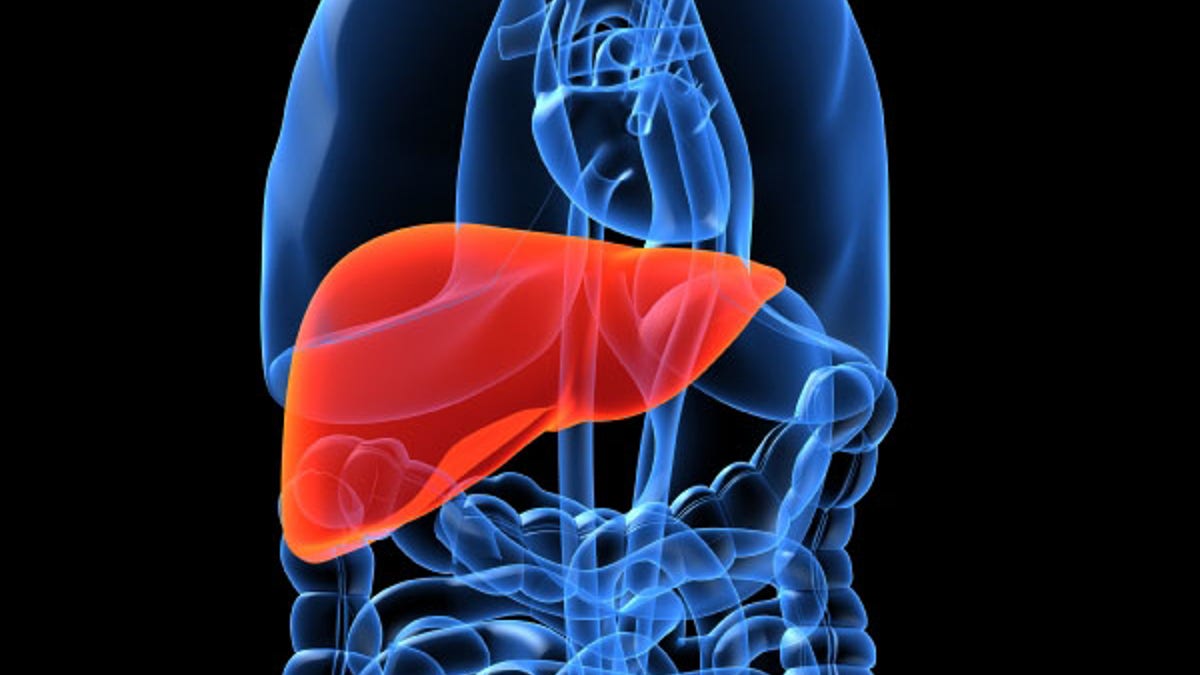
Doctors may soon have two new drug options for patients with hepatitis C, just as the liver-destroying virus becomes a major public health concern for millions of baby boomers.
The Food and Drug Administration holds a public meeting this week to review two experimental medications from Johnson & Johnson and Gilead Sciences. The new drugs, if approved, could offer a quicker, more effective approach to eliminating hepatitis C, a blood-borne disease blamed for 15,000 deaths in the U.S. this year.
In a review posted online Tuesday, the FDA reported that J&J's drug simeprevir has a slightly higher cure rate than currently available treatments, though it also caused rashes and sunburn in some patients.
On Thursday the FDA will ask a panel of outside experts whether the drug should carry warnings about rashes and sunburn on its label. The agency is not required to follow the panel's advice, though it often does.
The meeting comes at a time when federal health officials are urging baby boomers to get tested for the virus, which can go unnoticed for decades before causing symptoms.
Between 3 million and 4 million Americans are infected with hepatitis C, and people born between 1945 and 1965 are five times more likely to have it than people of other age groups, according to the Centers for Disease Control and Prevention.
Many baby boomers contracted the virus by sharing needles or having sex with an infected person in their youth. The disease was also spread by blood transfusions before 1992, when blood banks began testing for the virus.
"If something is not done soon, all these people who were infected in the 60s and 70s are going to start experiencing the long-term consequences of liver disease," said Gaston Picchio, head of hepatitis drug development for J&J's Janssen Therapeutics unit.
Most people with hepatitis C do not even know they have the virus until after liver damage has occurred, causing abdominal pain, fatigue, itching and dark urine.
For most of the last 20 years, the standard treatment involved a grueling one-year regimen of pills and injections that caused flu-like symptoms and cured less than half of patients. Many patients failed to complete the full treatment cycle. Others delayed starting treatment at all in the hopes that more effective treatments would come along.
Two drugs approved in 2011 kicked off a new effort to treat the disease. Research shows that adding the two new drugs - Vertex Pharmaceuticals' Incivek and Merck & Co.'s Victrelis - to the older drug cocktail can boost cure rates to between 65 and 75 percent.
And the drugs the FDA is reviewing this week have the potential to push cure rates even higher.
J&J's simeprevir cured 80 percent of patients who had not previously been treated for the disease, according to the FDA's review. Additionally, the vast majority of patients were able to cut their treatment time in half to 24 weeks, compared with the usual 52 weeks. The New Brunswick, N.J., company is seeking approval to combine the daily pill with the older treatment regimen for patients with the most common form of the virus. J&J developed the drug with Swedish drugmaker Medivir.
On Friday, the same FDA panel will review another hepatitis C drug from Gilead Sciences Inc. that some analysts say will become the first-choice for treating the disease. The pill, known as sofosbuvir, has been shown to cure up to 90 percent of patients after just 12 weeks of therapy, according to one company study. Additionally, analysts believe the drug will eventually be used without interferon, the injectable medication used in the current drug cocktail that causes nausea, diarrhea and other unpleasant side effects.
Gilead is racing against other drugmakers to develop the first all-pill approach to treating hepatitis C, long viewed as the holy grail by drugmakers. Similar efforts are underway from Abbott Laboratories, Bristol-Myers Squibb Co., Vertex Pharmaceuticals and others.
Pharmaceutical industry consulting firm Decision Resources estimates the market for hepatitis C drugs will grow to more than $23 billion by 2018. Sales of the drugs are expected to decline to $17.5 billion by 2021 as more patients are cured of the virus.
